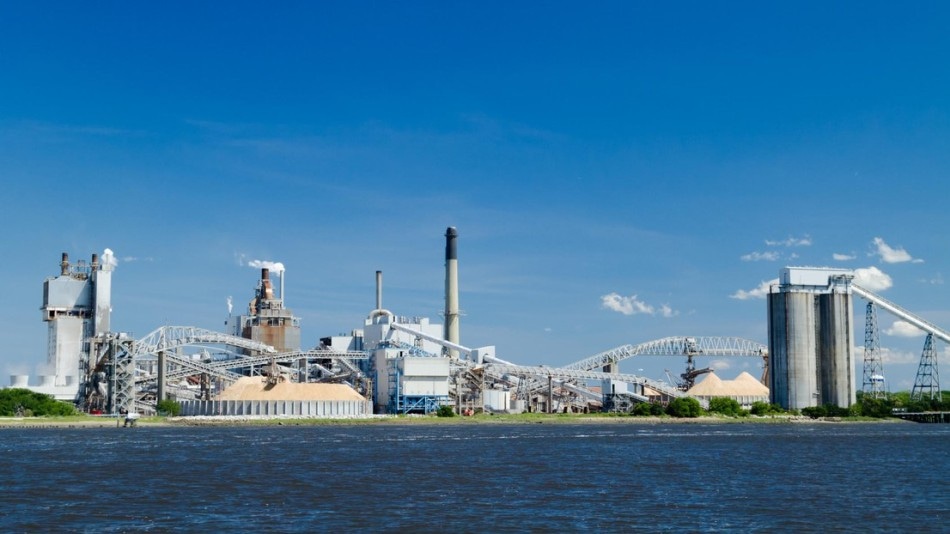Apr 29 2019
An EPFL scientist has created a mathematical model for improving heat transfer in factories and considerably decreasing water and energy consumption.
 Image credit: EPFL
Image credit: EPFL
Theoretically, the model could reduce water use by 60% at a Canadian paper mill and enable the facility to generate as much as six times more power.
Large quantities of heat, water, and electricity are needed for producing consumer goods. The companies that manufacture these items generate enormous amounts of CO2 emissions and have a large impact on the environment. At the COP21 climate conference in Paris, world leaders underlined the major role that manufacturers could play in fighting climate change by decreasing greenhouse gas emissions.
Maziar Kermani, a scientist at EPFL’s Industrial Process and Energy Systems Engineering (IPESE) group, which is led by Professor François Maréchal, has proposed a pioneering mathematical model that could minimize the amount of energy and water used in industrial processes. He has created a method to recycle lost heat and energy and to use biorefinery technologies—incorporating turbines and organic fluids—to improve power production.
Kermani used his model in a Canadian paper mill. He discovered that, theoretically, it could decrease the amount of water used by the firm from 820 kg to 230–300 kg per second (a reduction of almost 60%). Furthermore, it could enable the mill to produce over six times as much electricity (from 3 MW to approximately 20 MW). His discoveries have been reported in Energies.
Continuous Recycling of Water and Heat
To test his theory, Kermani applied it on kraft pulping—the most accepted paper-making technique in the industry thus far. In this method, wood chips are soaked, cooked (in digesters), cleaned, dried, and bleached to produce pulp. All of this generates huge quantities of steam, which can not only be used in the process itself but also produces more electricity than it is actually needed to power the plant. The excess energy can then be sold.
However, the existing system is a long way from optimal, states Kermani.
Huge amounts of water and energy go to waste because the stages of the process aren’t connected. For instance, the mill uses cold water to wash and cool the pulp. But that water, which contains valuable heat, is then discarded. Likewise, high-pressure steam is produced by burning black liquor at extremely high temperatures – around 1,200 °C. The steam powers turbines to generate electricity and provides a heat source for other processes, but it’s too energy intensive to produce.
Maziar Kermani, Researcher, Industrial Process and Energy Systems Engineering, EPFL
Organic Fluids
In his work, Kermani delineates a number of methods in which the heated water could be used again. Furthermore, he suggests introducing organic Rankine cycles, which depend on a special property of organic fluids: that they transform into high-pressure steam at comparatively low temperatures (250 °C). “Using organic fluids would allow the mill to produce the steam it needs using recovered hot water at low-to-medium temperatures,” he explains.
The Canadian company has shown interest in Kermani’s model.
As compared to strictly mathematical and limited methods, the proposed approach provides insightful information for the preliminary design of industrial heat exchanger networks involved in pulp and paper. Its flexibility offers opportunities to assess the direct impacts of integrating emerging biorefinery technologies within existing large facilities.
Marzouk Benali, Canadian Industrial Process Expert
Marzouk Benali is assigned the task of optimizing the processes of that company.
Kermani’s model also has promising applications in other divisions and industries.
Collaborations
This work was carried out as part of a collaboration between EPFL and CanmetENERGY, a Natural Resources Canada research center.